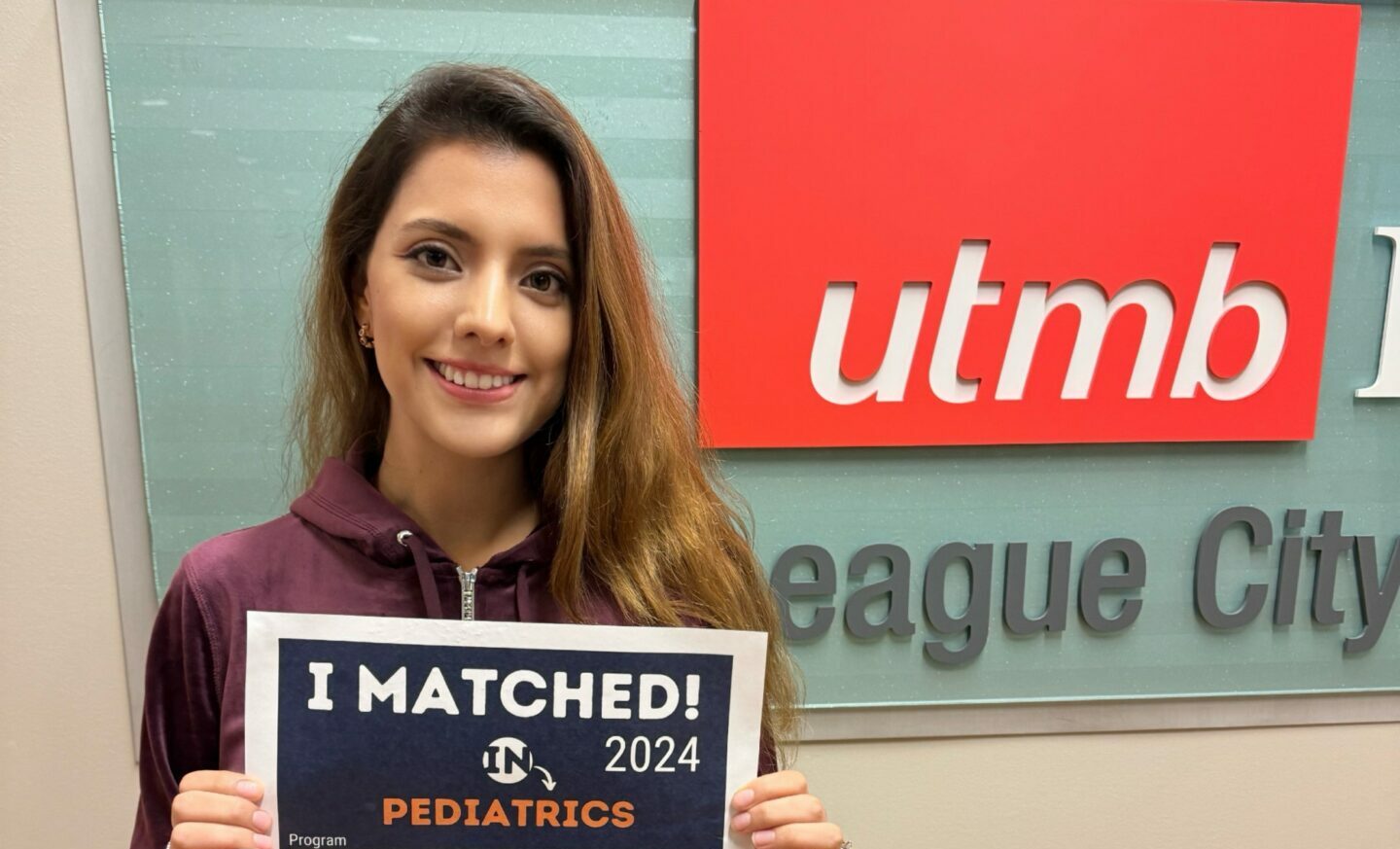U.S. residency programs are seeing a significant increase in applications. Although this is good news for the future physician workforce, it has overwhelmed program directors and made it difficult for applicants to stand out. As a response, the National Residency Match Program (NRMP) is introducing a new process: preference signaling.
Below we dive into what this new feature means for the 2023 Match and the reasons you should and should not use it.
What is preference signaling?
After a pilot trial last year, preference signaling has been added as a third section of the ERAS supplemental application. It works in two directions. Primarily, it is a tool that residency applicants can use to break through crowded application pools and signal their interest in particular programs. Secondly, it helps programs ease their application load by signaling them to applications with a particular interest in their program.
The feature is an optional component of the ERAS residency application. Applicants who chose to preference signal will have five tokens (three for dermatology) they can use to signal to programs their interest in interviewing.
Why is preference signaling being used?
Perceived interest in a program has become an increasing priority for residency directors when deciding who to select for an interview. Previously, there were very few formal ways for applicants to express their interest in a residency program. Applicants could either send a handwritten letter or email to residency directors they could attend medical school or an away rotation at a residency site. Preference signaling lightens the urgency of these options. although they do remain valid and helpful options for supplementing an application–especially for IMGs.
As applications to residency programs reach record numbers, directors are left to sort through thousands of applications. Offering preference signaling gives applicants a way to express their interest in particular residency programs directly on their applications. It also helps residency directors ensure they are finding qualified applicants who are eager to attend their residency site.
Should you use preference signaling?
Preference signaling has numerous benefits for an applicant. Already discussed above is the ability to express interest in residency programs and stand out from a crowd of applicants. However, signaling also omits some of the redundancy of old ways of indicating interest.
The American Association of Medical Colleges informed programs that applicants are instructed not to preference signal programs where they attended medical school or completed away rotations. This allows applicants who attended or completed away rotations at residency sites the opportunity to explore other programs of interest.
Program signaling also protects an applicant’s anonymity. Only programs that applicants choose to preference signal will be aware an applicant has chosen to utilize the option. Even then, a program will not be able to see what other programs an applicant signaled. This allows applicants to pursue other residency programs without those programs knowing if the applicant used preference signaling.
Theoretically, preference signaling should increase an applicant’s Match chances by increasing the number of interviews an applicant receives. However, some experts believe this will depend on how strategically tokens are used. As with any new feature, that strategy seems to be unknown. However, this should not deter applicants from using preference signaling. Ultimately, an applicant’s success is the feature’s primary intention.






